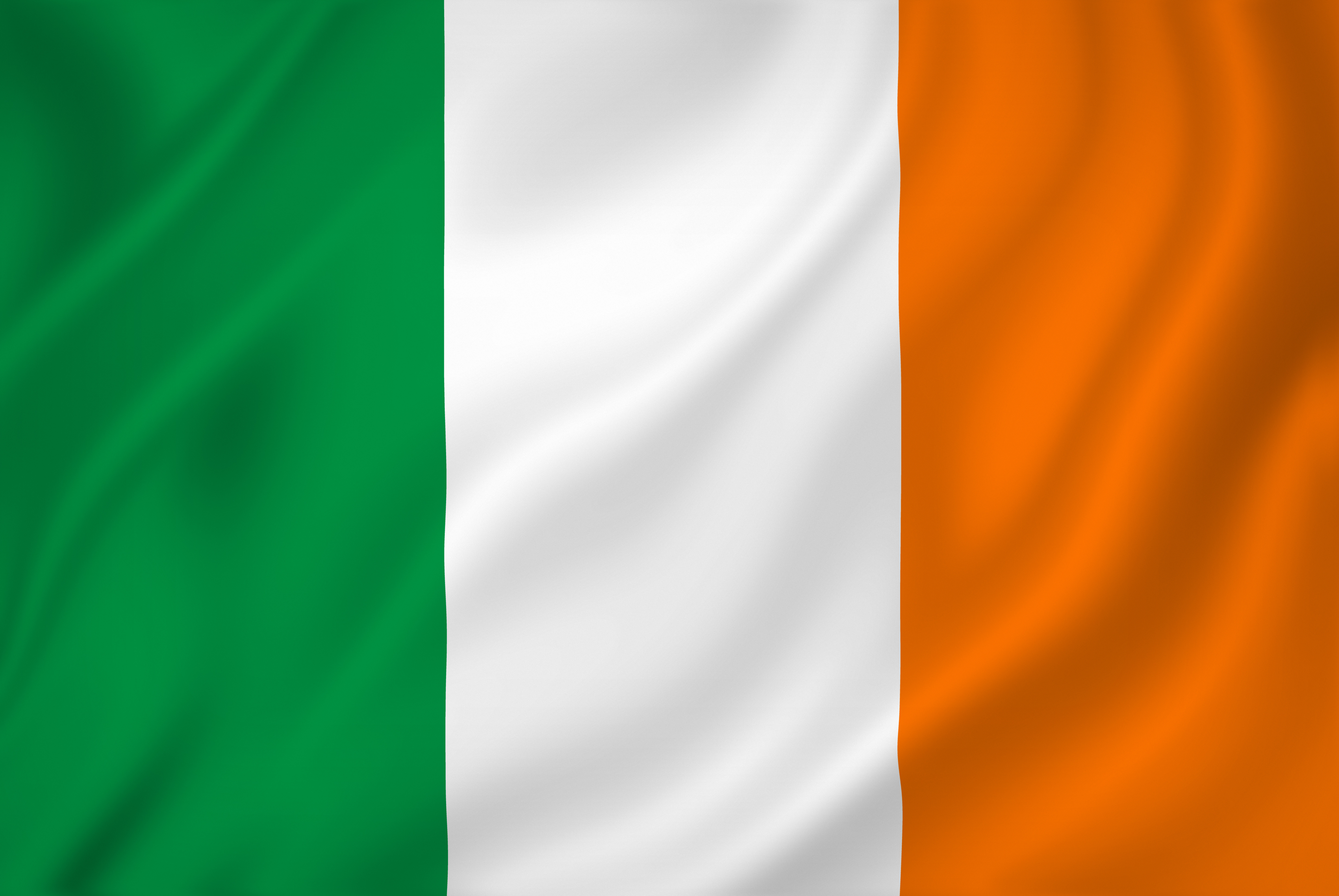By Iris Campbell
Ireland’s history runs deep within its culture, reflected in its art: moving stories of war and the troubles overrun its industry. Recently, Irish film and literature has travelled past its own gates and into the mainstream. This year, Irish actors, film-makers and all those behind the scenes have received a total of 14 nominations, and a quarter of the actors nominated are Irish – including Colin Farrel, Brendan Gleeson, and Barry Keoghan; The Quiet Girl (An Cailín Ciúin) is the first ever Irish-language film to be nominated for an Oscar. Somehow, an ostensibly small island’s artistic presence in the entertainment industry has developed immensely and its stories demand to be heard.
The growth of the Irish artistic existence did not only establish itself this year – Sally Rooney’s ‘Normal People’ follows the lives of two ordinary Irish individuals, dubious of themselves, their relationships and their surroundings. Her work has continued in 2021’s ‘Beautiful World, Where Are You?’ which follows the lives of 4 friends and their relationships as they grow into themselves and their futures in Dublin & rural Ireland. The film ‘Aftersun’ – whose lead actor, Paul Mescal, is also nominated for an Oscar – is deeply reflective and moving, following the relationship between father and daughter as age shines a light on the truth behind young fatherhood, and examines the pedestal on which we place our parents.
More recently comes ‘The Banshees of Inisherin’ , examining friendship, futile wars and the inevitability of endings and death on the lush backdrop of Ireland’s coastal isles. More importantly, it shines a light on the Irish Civil War and its domination of the 1920s – the characters themselves being a metaphor for the war itself, highlighting how the war caused nothing but suffering for all involved and was, essentially, pointless. Two men, once like brothers, end up on the opposing sides of war for reasons that neither of them quite understand; they ultimately end up mutilating themselves and their morals beyond recognition just to be the one to say ‘I told you so.’ But now who is ‘I’? Who is ‘you’? You are not the same as you once were.
So how does Irish art influence our own British community, and the pop culture we consume? Why is it so relevant to our own history, and why should we be aware of it? Many of those within our own community know this to be their own culture and history, belonging to themselves and their ancestors. Even following the Civil War, there came the troubles; this period lasted approximately 30 years, spanning from the late 1960s to 1998 (the show ‘Derry Girls’ also takes place during this time). This influenced history as we know it in the UK, and our consumption of literature and arts surrounding Irish culture influences our own knowledge and understanding of ourselves and the country we live in. Irish history and workers contributed to the formation of the UK, and their own history deserves to be remembered.
